We tend to believe that graphic design is only meant to make a brand, page, or post look pretty.
But in reality, not only is graphic design able to reveal the personality of your company to your audience, but it can also convince your reader that you are the only solution to their problem. ????
Big brands like Nike and Apple owe their success in part to their visual identity. The simple reason is that anyone can recognize them just by their logo.
SO,
- What is graphic design?
- What are the different types of graphic design?
- Why is graphic design important to your business?
- How can you use it to be successful?
Let’s find out in this article the answer to these questions that you are probably asking yourself.
Table of Contents
ToggleChapter 1: What is graphic design as a whole?
In this first chapter, we will discover what graphic design is and its characteristics.
1.1. What do we mean by graphic design?
Graphic design is the art of combining images, words and ideas to convey information to a target audience with the aim of producing a specific effect.
In other words, graphic design is a way of conveying ideas or messages visually.
This is a very vast sector which covers many activities including:
- The creation of a visual identity;
- Creating a brand image;
- Production of printed matter;
- Etc.
According to the designer Alexandros Clufetos,
“Graphic design takes graphic and textual elements and implements them in many types of media“. For the designer, “It helps the producer to connect with the consumer. It conveys the message of the project, event, campaign or product.“
This suggests that companies use graphic design to promote and sell their products.

Source : Eduadvisor
In short, graphic design can be clearly defined as a process of projecting ideas into visual form in order to convey a message.
1.2. The basics of graphic design
The goal of graphic design is to capture the attention of viewers to communicate a specific message. To achieve this, it is based on certain fundamentals which allow designers to be efficient and organize their work.
Design elements include:
- the color
- The form ;
- Line ;
- Shape ;
- Size ;
- Space ;
- Texture.
The basic principles of graphic design are a set of guidelines that allow for a certain balance or stability in designs. Understanding these principles allows for visually striking and impactful designs. ✨
These principles include:
- The balance ;
- Contrast;
- Accentuation ;
- Movement ;
- Proportion ;
- Pace.

Source : Unahealydesign
Below we explore how to use these elements and principles to make a strong impression on your audience.
1.3. What are the characteristics of graphic design?
Speaking of the characteristics of a graphic design, here is what you need to know:
1.3.1. Graphic design is the ultimate form of visual communication for businesses
In recognition of the importance of images in everyday life, businesses now prefer visual communication.
We are increasingly adapting to a visual culture to the point where images have become the primary means of receiving and interpreting information effectively.
It is estimated that people retain 65 % information contained in images while they retain only 10% of what they hear.

Source : Segalbenz
For this reason, many brands today use images to communicate data, establish diagnoses, express authority and sell products.
Visual content is also successful on social platforms. Indeed, they present information in a digestible manner to a relatively distracted audience.
Visual content acts quickly and effectively on the emotion and complexity of the person reading you. What makes them successful with Internet users?
1.3.2. Graphic design is strategy-driven
Not only must the graphic designer base his creative process on in-depth research, a specific message, a technical execution plan, but he must also be fairly objective.
Unlike art in its generality, graphic design is not the result of chance nor does it come from pure instinct, it is not random.
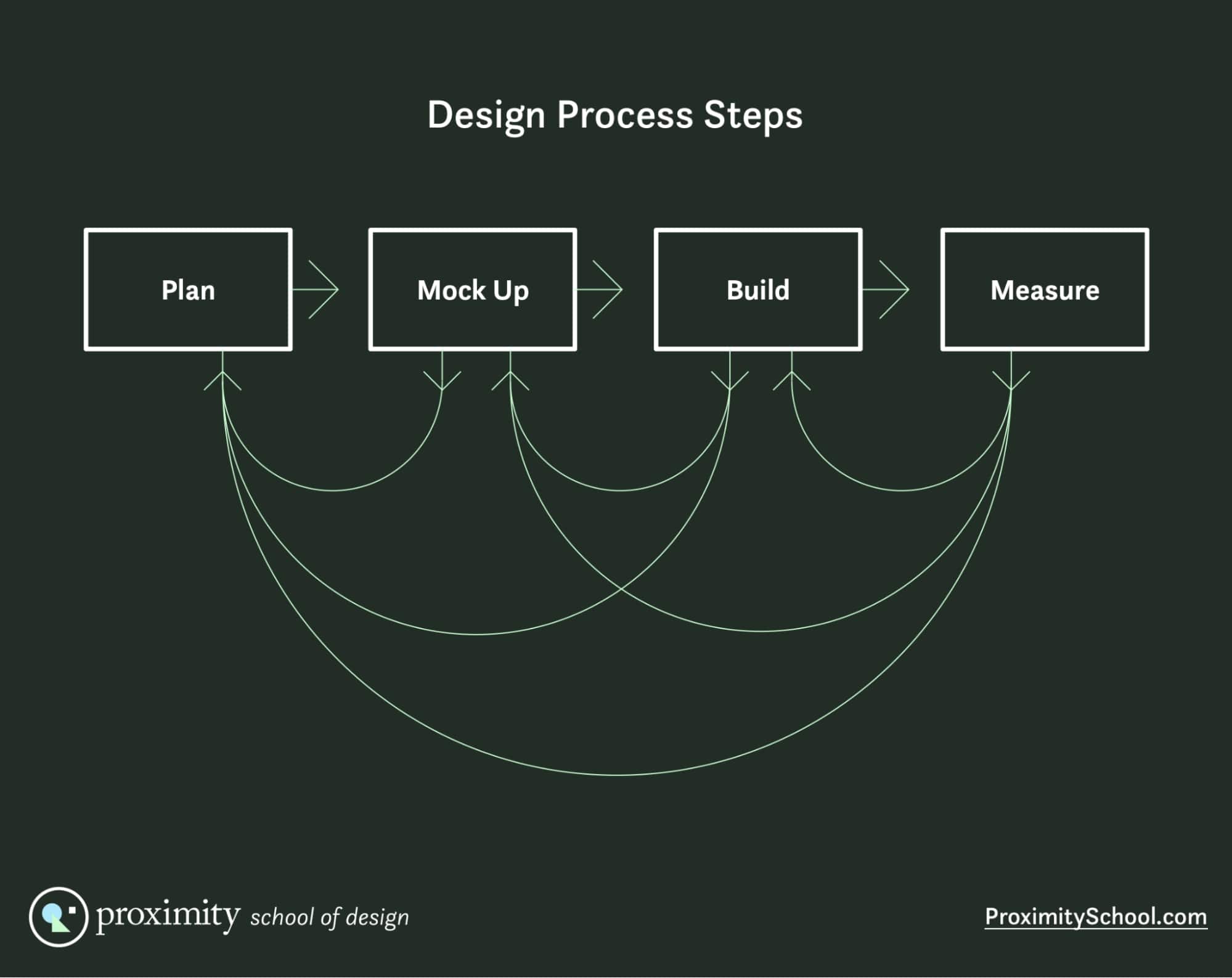
On the contrary, designers take care to study and truly understand the direction in which they should direct their message.
They establish clear objectives based on a strategy to achieve the companies’ communication objectives.
Designers follow a production and workflow system. They understand that simplicity and efficiency are essential elements of the creative process.
Excessive emphasis on form or extreme manipulation of visual elements can compromise understanding of the message.
A visual message carries an intention and this is supposed to be transmitted in the simplest, but attractive, form.
1.3.3. Graphic design is different from art
When the artist gets to work, we imagine him to be following his heart or some kind of instinctive voice that defines the quality of his work. It’s all true!
An artist’s creations are like improvisations and respect processes that really have no fixed or guaranteed outcome.
In truth, art is often based on interpretation, meaning its results are usually the result of experience or a specific message. ????

Source: Tanaallen
Art communicates a message to us, but is based on:
- The context ;
- The story ;
- Knowledge frameworks;
- And culture.
For example, when two people look at the same painting, in the same place and at the same time, they may not only have different emotions, but also interpret the message in different ways.
Art can be different from the graphic design process because there is more room for improvisation and instinct.
Although most artists don’t neglect preliminaries like planning, organizing, or mapping, we tend to view the artistic process as something that controls the artist, rather than the other way around.
The biggest difference between art and design lies in the purpose of graphics to convey a message for which everyone will have the same interpretation and understanding. ????
The main goal of graphic designs is to render ideas, concepts and events in a visual language for someone in a certain context.
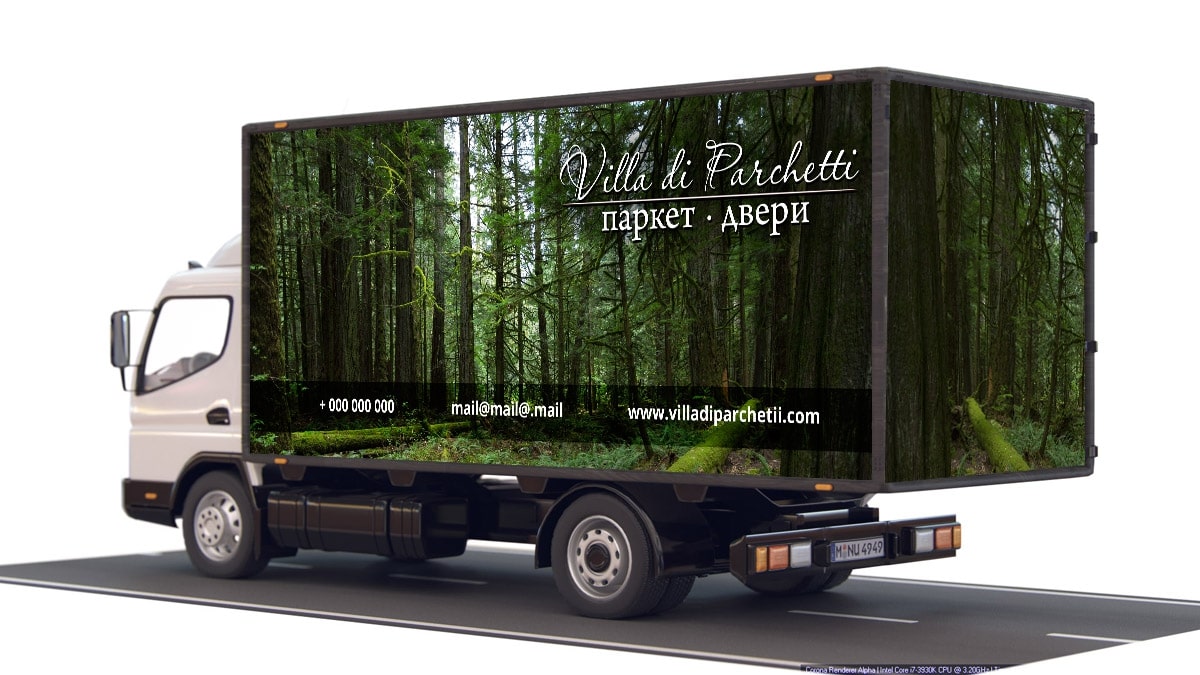
Source : dcassetcdn
A graphic designer can be an artist, but you don’t have to be an artist to dabble in graphic design. ????
1.4. Who do you call a graphic designer?
Graphic designers are often lumped together, but they are different. While some are focused on advertising or web design, others work in the field of illustration.
Generally speaking, a graphic designer:
- Creates a composition that communicates and solves a problem;
- Creates original works of art;
- Often uses a mix of media and technologies to create his works;
- Often works closely with editors, marketers and art directors on a range of projects requiring their artistic skills.

Source : key
Graphic designers typically have a work base in animation, fine art, or architecture.
Due to the overlap in skills, it is likely that a graphic designer will dabble in graphic art or undertake graphic design projects.
Let’s now see the types of visuals that can be created with graphic design.
Chapter 2: Why is graphic design important to your business?
Graphic design is a crucial element for any business that wants to attract the attention of its audience. Here are some of its advantages:
2.1. Gives a good first impression
With the evolution of digital technology, most companies use graphic design as a tool to give themselves a positive and lasting impression.
When your website presents itself with a good mix of colors and is well organized, you provide a better experience.
And as a result, this makes visitors want to have a commercial relationship with you over time.
Generally, the first interaction appears to potential customers as visual marketing materials.
This could be:
- A business card ;
- A new landing page on your website;
- A poster ;
- A flier ;
- A post on social media or even your product packaging.
That’s why most businesses capitalize on the first step of the buyer’s journey by showcasing relevant, updated graphics that tell your brand’s story.

Source : Quotesgram
When you first hear about a company that could provide a solution to your problem, the first thing that crosses your mind is to do a little research on them.
When your potential customers land on your website or landing page that offers a superb user experience, they won’t have much reason not to trust you.
Regularly updating your social media pages with graphic designs to represent your brand or message can also be a winner.
2.2. Improves sales
Cleverly created graphic design elements can help increase sales.
People are attracted to anything with a unique design. They receive a message of quality design. The message may be that the company owning the design provides high-quality products or services.

Source : Dbcreativemarketing
People receive these messages indirectly in their minds when they see a unique logo, business card, and other designs. This brings people and businesses closer together time and time again.
Once graphic design succeeds in having a positive impact on readers, many of them will become loyal customers.
This is because graphic design marketing pieces help project a business as a trustworthy brand. In short, graphic designs have a lot to do with the steady growth of a business.
2.3. Increases brand credibility
No matter what industry or field you are in, graphic design will help your business create credibility.
When your creative content helps solve problems and alleviate pain points, your customers are more likely to view you as a trustworthy authority in your field.
When you regularly distribute highly valuable visual content on social media, your existing customers already know what quality you offer, but your potential customers will be interested in your brand probably because of your design.

Source : Uxdesign
Creating a unified aesthetic will help your brand appear truly authoritative and credible.
The same principle applies to marketing and branding. If you create content that helps someone solve a problem in their own life, they will most likely turn to you for advice when faced with another similar situation in the future.
Creating consistent content is the key to building a dedicated audience of people who trust your brand and believe in your product or service.
2.4. Improves your marketing efforts and therefore sales
Graphic design optimizes your marketing efforts across all channels and is essential to building a professional brand.
Being consistent in your marketing materials allows your brand to be easily recognizable and allows your customers to quickly become familiar with what your business offers.
When your marketing is consistent with what your audience is looking for, they see you as credible.The more credible you are, the more likely you are to sell.

Source : Careerfh
Additionally, a well-developed visual identity increases prospects’ trust in your brand. They are therefore much more likely to trust your offers.
As we mentioned earlier, this trust leads customers to engage with your brand.
2.5. Enables effective communication of ideas
Infographics are a great way to summarize information that your audience would otherwise skim over or ignore reading altogether.
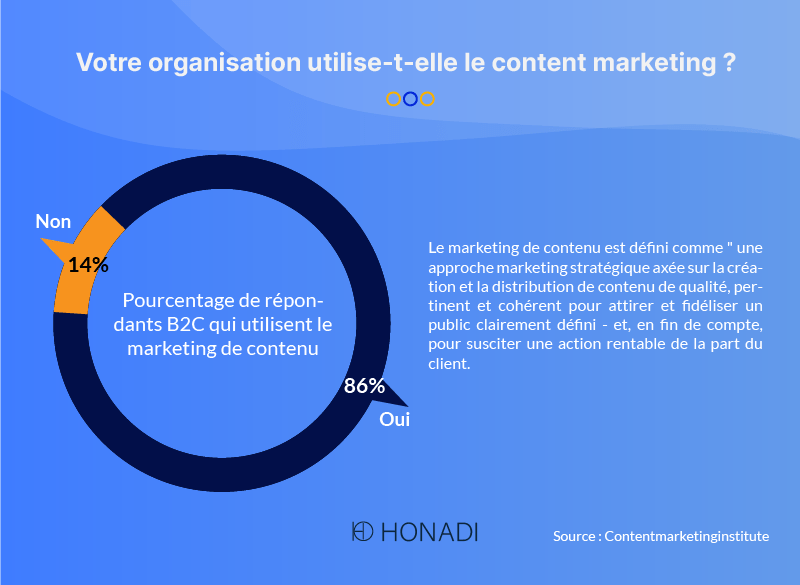
Studies show that infographics, which combine visuals and text, are three times more engaging than text content.
Because humans are heavily influenced by visuals, adding relevant graphics to text can deepen our understanding and retention of complex information.
If you’ve ever tried to learn a new language with a very visual platform, you’ve definitely experienced better learning through graphic design.
These language learning software rarely offer explicit definitions of foreign words. Instead, students are tasked with inferring meanings using visual contextual clues.
Therefore, try incorporating infographics wherever you currently use large blocks of text to explain information.
2.6. Establish the company name
Graphic designs are also useful in establishing a company’s name in a competitive market.
When we see an attractive logo, it reminds us of the brand behind that logo.
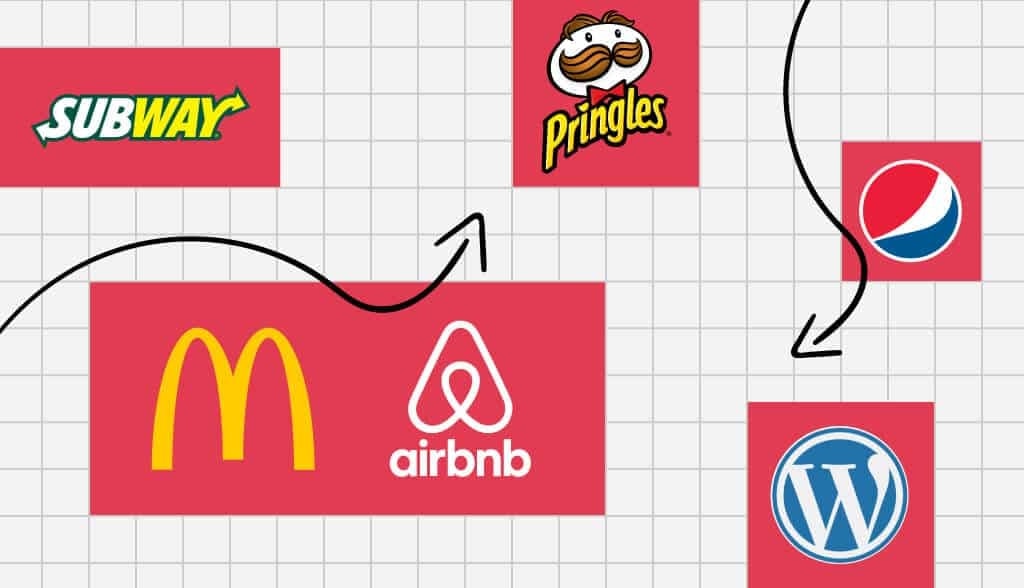
Source : tailorbrands
Likewise, advertisements, websites, and business cards are designs we see on a daily basis.
All these designs refresh our memories of the brand. This helps us recognize the brand name.
Small businesses generally don’t have a sufficient marketing budget. So they struggle to gain brand recognition in their niche market.
But a uniquely designed logo, business card, and other marketing materials can immediately grab people’s attention. The designs thus allow companies to establish their name in the market.
2.7. Promotes creativity and allows you to stand above the competition
It is more important to increase your company’s competitive advantage as competition continues to intensify.
With so many free online design tools available today, creating personalized, quality content is becoming easier and easier.
But to truly stay ahead of your competitors in the market, you need to get creative with your brand direction.
For this, you should come up with new ideas, solve existing problems or alleviate customer problems in innovative ways.
Graphic designs can be used to empathize with your audience by literally showing them what life would be like with their problems solved by your product, service or advice. ????
2.8. Personalize your message and stand out
Graphic design is about communicating your brand story in a unique way to your current and future customers.
Simple design decisions such as choice of font and color palette can help you convey your messages, with both sentiment and clarity in a way that supports your brand message.

Source : Ddiy
There is no doubt that you will produce a wide range of marketing materials during your professional journey.
Although each element has a different purpose, and therefore a different look, your brand identity will be strengthened if you have a consistent visual identity.
Chapter 3: What are the different types of graphic design?
There are several types of graphic design and we will cover the main ones in this chapter.
3.1. Visual identity design
Visual identity is how your brand is perceived. Business leaders must provide their company with a good visual identity to make a good impression on their target.
For example, some companies have built their brand identity so well that they are only recognized by their color. When well developed, visual identity builds trust among potential customers and increases brand awareness.
When design is involved in brand communication, we obtain a combination of visual elements that convey the qualities of the brand through shapes, colors and images.
Here is an example :
Speaking of visual identity, companies must represent the personality of their brand through:
- Creating logos;
- The creation of typography;
- The creation of color palettes;
- And the creation of image libraries.

These guidelines should ensure brand consistency for future use.
Designers, preferably from a digital agency, have the knowledge and skills to design visuals that respond to different types of distribution channels.
Working with a digital agency on the creation of your brand identity means basing your strategy on:
- Better communication;
- Creative conceptual skills;
- In-depth research;
- An understanding of trends;
- And an understanding of competitors.
3.2. The design of advertising media
In our daily lives, we see advertising posters everywhere around us, advertising animations on TV and advertising slogans on the radio.
In the field of marketing and advertising, graphic design is mainly oriented towards promoting the products and services of a brand.
We often talk about advertising design and it allows companies to attract the attention of as many potential customers as possible.
Through advertising marketing, companies make themselves known to a target audience and influence the customer purchasing process.
This is also confirmed by the statistics. According to a study, visuals significantly influence a person’s mind and allow one to have 94 % more engagements than regular content.

These include:
- Flyers;
- Business cards;
- Posters ;
- Banners;
- Etc.
3.3. Web design
As you already know, UI and UX are terms that describe users’ experience with your application or website.
User experience or user interface influences how users feel after interacting with your app or website.
A good user experience means designing interfaces that are clear and easy to use for your visitors.
It includes everything used to interact with the product or service, including the screen, keyboard and mouse.
The designer must ensure here that all navigation elements on the screen such as the menu, buttons and other visual elements are placed in the right place and in the right colors. The idea is for the user to have the best possible visual experience.
Web designers are responsible for balancing the aesthetics and technical functions of the website or application.
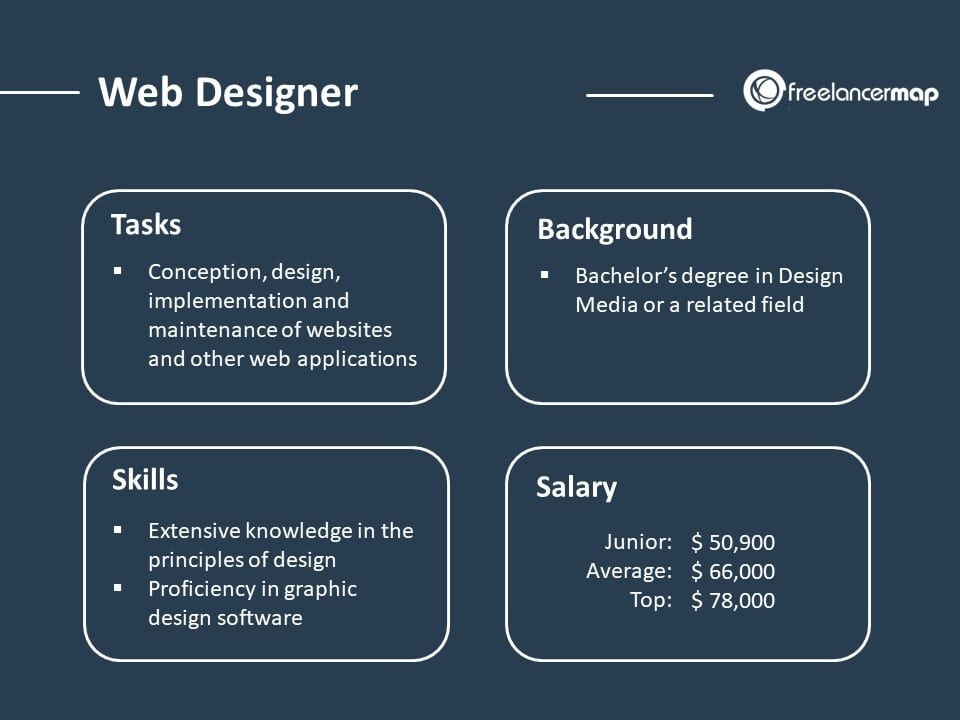
It is important to understand that the experience of the user interface designer is not limited only to the creation of simple visuals. These must extend to:
- Office applications;
- Mobile applications;
- Web applications and games.
With the full growth of the mobile industry, brands need to consider effective UI design of their website and app on mobiles.
With an excellent UI and UX design, you can create a strong relationship between the brand and the user.
Good site designers are able to design a great, positive user experience with attractive icons and beautiful art.
3.4. Publication design
In the past, it was necessary to print books, magazines, newspapers… to implement an advertising campaign for a very large audience.
But today, digital has taken over and even the smallest business can extend its reach across the globe.
And instead of physical books, we use electronic books, otherwise called ebooks. This modernization has meant that magazines are abandoned in favor of websites and social networks.
Designers work closely with editors to create layouts, select typography, and create actual illustrations to accompany the publication.

Source : dcassetcdn
To successfully design publications, a designer must be :
- An effective communicator;
- Be organized ;
- And understand layouts.
Publication design also requires knowledge of color management, an understanding of the process And printing requirements.
3.5. Motion design or animated graphic design
With the effectiveness as well as dominance of video content in marketing for small and large brands, it is evident that motion graphic design is gaining popularity.
According to a HubSpot study, 54 % of consumers want to see more video content from a brand or company they support.
For this, successful brands are turning to animation to present their products and services.
In addition to marketing, motion graphics are fully used in:
- Video games ;
- Applications ;
- Banners;
- Subtitles ;
- And animated text.
Motion graphic design is one of the newer types of graphic design and also includes 3D graphic design due to its popularity.
Both 3D and motion graphics design share many of the same qualities.
However, 3D graphic designers must understand lighting and its effects on objects and functions in environments.
3.6. Graphic design of illustrations
Illustration is an art that allows you to express ideas and transmit information visually. Illustration creations can be found everywhere, notably:
- On the leaflets:
- On the packaging:
- On posters;
- On websites;
- Etc.
Illustration consists of creating works that reinforce a story, the message of a book or the articles of a blog using digital design tools and art. She creates images herself in order to explain further.
In other words, we can associate the illustration with a design, a printed work of art or a painting. It can therefore help companies decorate their premises with works of art while respecting their visual identity.
3.7. Environmental design
Environmental graphic design helps direct people to places with directions. This is one of the types of graphic design that you see every day without thinking about it.
Environmental graphic design includes:
- Office branding;
- Transportation ;
- Navigation and retail environments.
When you’re at the airport and you look at signs indicating where to go, it is the graphic design of the environment.

Source : sigma
The idea behind this type of design is to make places more memorable or simply easier to navigate.
This type of graphic design is truly interdisciplinary, because it combines design:
- Chart ;
- Environmental;
- Interior;
- Architectural ;
- And industrial.
This means that environmental graphic designers are able to read and sketch architectural plans. They are also familiar with industrial design concepts.
With all this, how can you use graphic design to grow your business?
Chapter 4: How to Help Your Business with Graphic Design?
To benefit from all the advantages that graphic design offers, you must ensure that the following eight (8) points are respected:
4.1. Define the goal of your design
Like all projects, graphic design is always based and begins with an objective. Defining objectives allows you to implement the necessary means to properly structure your creative project and to expect its success.

Source : Jake and us
Before you get started, start by asking yourself:
- The reason why you are creating a particular design;
- The goal you want to achieve with this particular design;
- If you are doing this to increase your sales or increase your brand awareness.
As you may agree with me, graphic designs differ depending on the goals you set for yourself.
The main thing is to be able to adapt to your expectations in order to create visuals that impact your audience and produce expected effects.
4.2. Try using your brand colors
In design, colors are quite significant and say a lot about you. They have the power to:
- Create an atmosphere;
- Create or unmake the meaning of a design;
- Influence public emotions and perceptions.
According to studies, 92,6% of individuals consider colors as a primary reason for making a purchasing decision and 90% of individuals make subconscious judgments based on product colors.

Source : neil patel
In fact, use your brand colors specifically for your graphic designs, no matter what your goal is.
But if you don’t have a brand color, you can use any, as long as it suits your audience and really supports the message. ????
But first, find out what the colors mean. For example, green represents health, new beginnings, growth, nature and wealth.
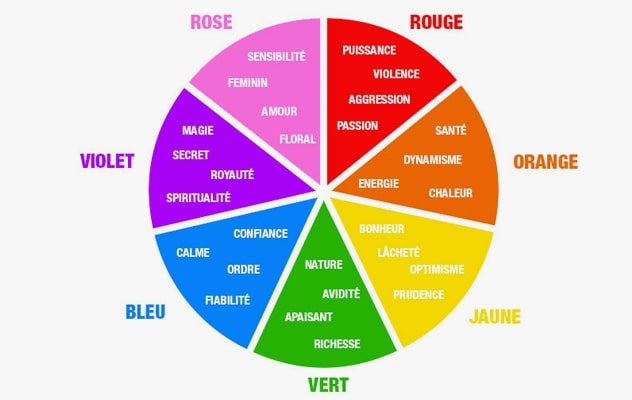
Source : taktilcommunication
The ideal is to provide your business with a color palette and to use it when creating visuals.
4.3. Be consistent with your fonts
Just like colors, fonts play an important role in design.
No matter how good your design is, make sure you use a decent font, otherwise people won’t be interested in your offer.
Before finalizing a design, make sure the fonts are easy to read and reflect your brand’s personality.

Source : pinimg
Once you’ve finalized a design, try using the same font in all of your subsequent graphic designs. This brings consistency to your campaigns and your target audience can quickly recognize you. ????
While there’s no hard and fast rule about how many fonts to use in a design, it’s best to stick to a maximum of two fonts to maintain consistency.
4.4. Use white space to your advantage
In graphic design, white space, also called negative space, refers to the area between the content and the image.
Many people think of white space as empty space. It can be any color, pattern, texture, or even a background image.

Source : lotincorp
Generally, white space falls into two categories: active white space and passive white space.
L’active white space is intentional, it calls readers to focus on the content area and provides better layout and good structure to the design.
On the other hand, the passive white space is the default space between letters and lines of text or borders that make it readable.
4.5. Get inspired by successful businesses
Think about companies like Nike, Apple, and Starbucks, because these companies succeed with their visuals for specific reasons.
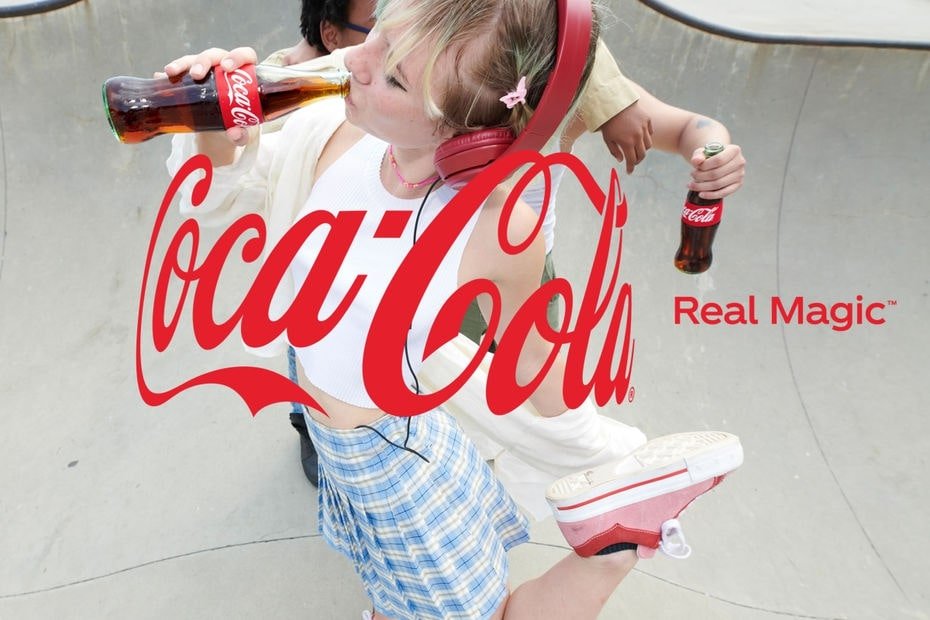
Source : Realmagic
In addition to their products and services, most of them seriously invest in quality design. If you do a little survey on their logo, you will notice that they are all iconic.
Before creating a design for your business, take inspiration from the most successful businesses and find out how you can create a meaningful design. But while taking inspiration from others, make sure you don’t copy their designs.
4.6. Use icons to support your content
In our daily lives, we see icons, either on road signs, interfaces, etc.
Icons are symbols that help us better understand and interpret information.

Sources : swello
When people scroll through social media feeds, they don’t pay attention to the text unless something interesting catches their eye.
Using icons in your designs not only grabs their attention but also helps them understand your page, post or offer.
Here are some tips for creating icons for your design:
- Understand the set of icons you need to create;
- Think about the best metaphors and do a review on possible symbols;
- Someone may have already used a better version of the icons you need for your theme. Do research and collect necessary references;
- Choose the style of your icons;
- Test your icons.
4.7. Stay up to date with the latest design trends
Design is a sector in constant evolution and trends often follow one another. What’s trendy today may no longer be, but a professional graphic designer needs to know which trends are emerging and which are on their way out.
But if you’re considering designing graphics for your business yourself, it’s imperative to be up to date with the latest design trends.
If you search the internet, you will get many articles on design trends.
4.8. Keep the design simple
In the design world, the term “simple” has been misinterpreted for many years.
People think that simple design refers to a design that is easy to do. But in reality, the simplicity in the design hints at something very airy and clutter-free, yet quite meaningful.

For example, when you think about big brands like Microsoft, Apple, Nike and IBM, they share very simple logos, but that say a lot about them.
Large companies know that simple design delivers better results. For decades, Apple has practiced simplicity in its communications. Their design helps the audience understand their message.
If you want to make a lasting impression on your target audience, keep your designs simple.
Chapter 5: Tools for creating graphic design
Graphic design tools were once reserved for design professionals. Today there are a myriad of tools that remain accessible and easy to use for everyone.
In this chapter we discover the tools for creating graphic design.
5.1. Canva: a tool accessible to everyone
Canva is a versatile solution that is accessible to everyone for the creation of different projects, whether:
- Infographics;
- Web designs;
- Des T-shirts ;
- Etc.
Canva has a very intuitive interface that people with no graphic design experience can use. The tool has an incredible gallery of templates and all you have to do is customize them.
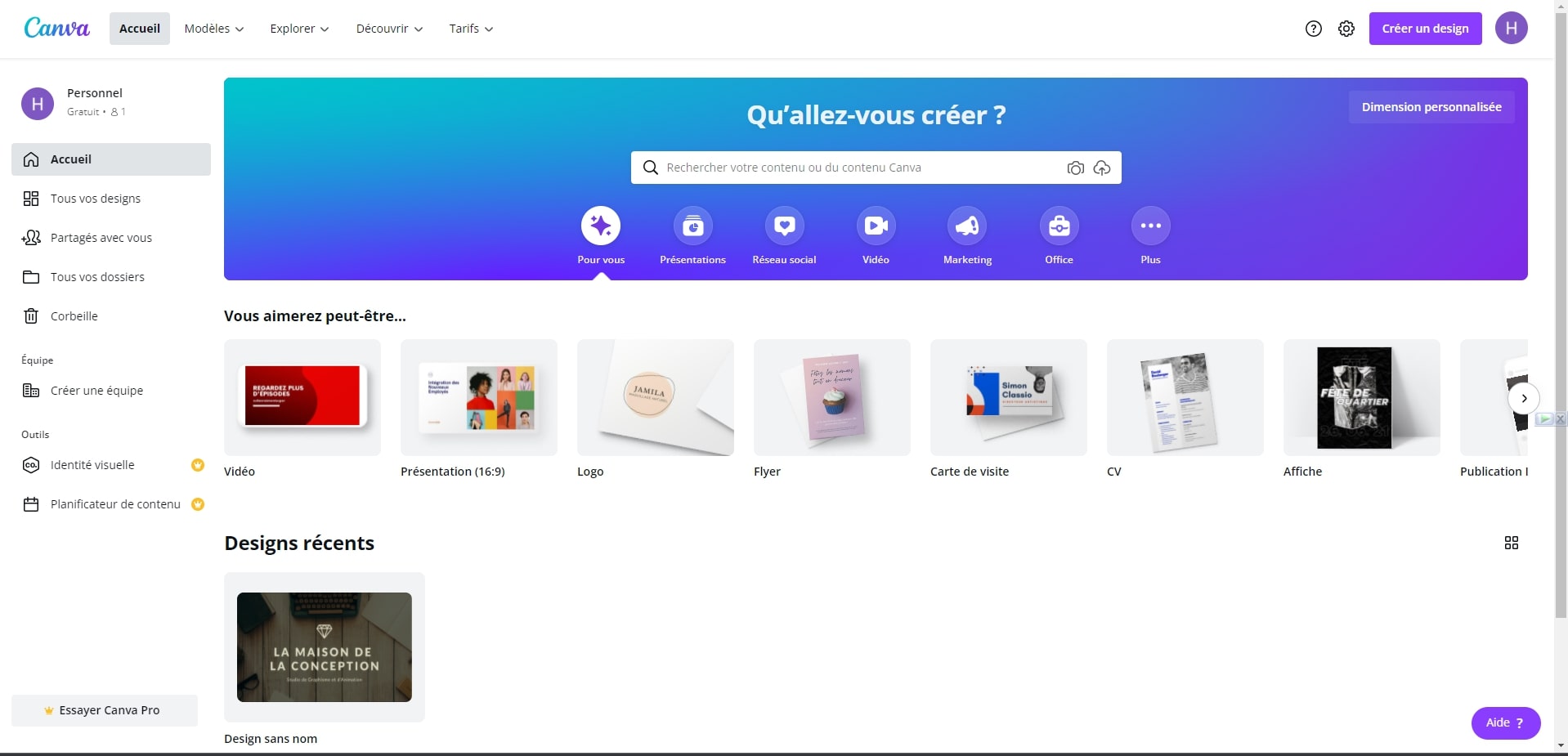
Like Adobe tools, you have access to different types of fonts as well as background templates. One of the advantages of this tool is the ability by which you can share your creation with your team.
It is also possible to publish your creation on social media from Canva. The tool is accessible on different platforms and you can use it from a simple browser.
5.2. Adobe Illustrator for graphics and other designs
Considered a benchmark in terms of vector graphics, this tool is suitable for the professional design of logos, illustrations and much more.

Using Adobe Illustrator allows you to have vector images that are suitable for all sizes.
Among the main functionalities of this tool, we find the pen which allows you to make drawings and the eyedropper to extract colors in an image.
Adobe Illustrator also has a vast library from which you can choose:
- Creative models;
- Icons;
- Character fonts.
This tool offers a multitude of possibilities to personalize your creations.
5.3. Adobe Photoshop for photography processing
This tool remains very popular in the field of graphic design creation. It offers numerous possibilities for image editing that suit the needs of both professionals and beginners.
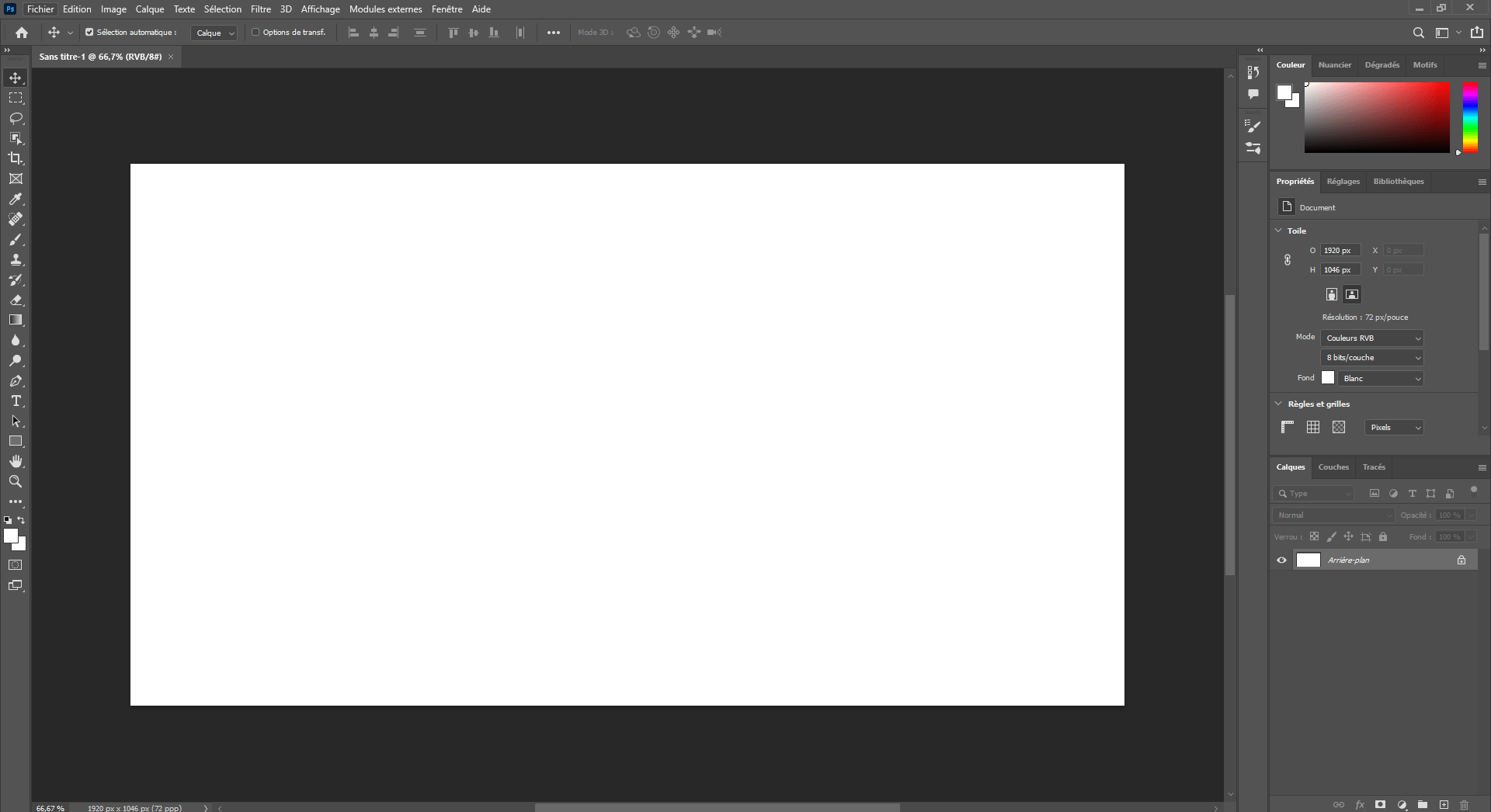
Adobe Photoshop has a very user-friendly interface and has several features that allow you to make custom designs. For example, it allows you to easily cut out objects and add eye-catching effects to your creations.
Using this tool, you can generate your creations in several formats including:
- JPEG ;
- PNG ;
- PDF ;
- Etc.
5.4. Afinity Design
This tool is a mix of Photoshop and Illustrator. It combines all the features of these two software and its interface is quite user-friendly.

Source : website-files
What sets Affinity Design apart is the ability to go back up to 8,000 steps. This allows you to make changes in real time. This tool supports different color formats including:
- RGB ;
- ICC ;
- CMYK.
There are obviously other graphic design tools that we have not mentioned, but the ones we have discussed will allow you to make the types of designs that suit your aspirations.
In summary
Graphic design is very important for any business because it gives authority and inspires confidence.
If you have simple, precise and high-quality designs, your business will quickly gain the attention of your audience, which can positively influence your sales.
In this article we talked a little about everything you need to know when it comes to graphic design. Don’t hesitate to give us feedback in the comments if you liked this article.
Thank you and see you soon !


